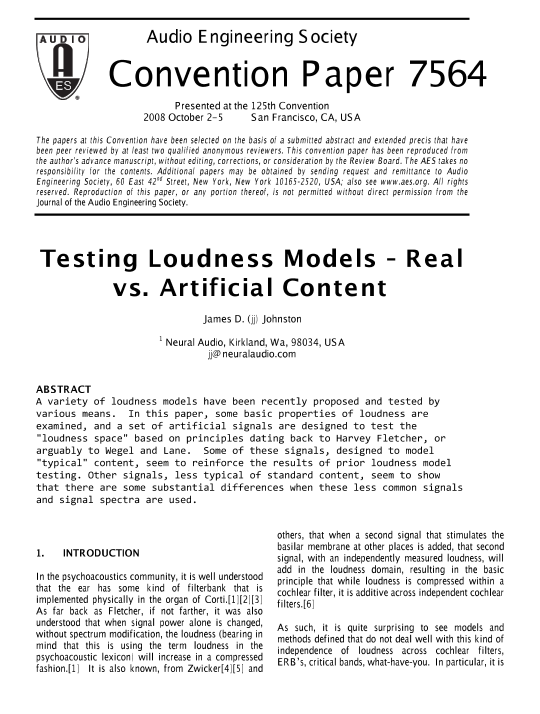Take any music track of your choice.
Calculate its frequency spectrum.
Reverse the music track.
Calculate the frequency spectrum of the reversed track.
You will find that both spectra are identical.
But the music sounds different for sure
Yep.
There's also this, of course, the actual data is no longer available, but it's easy to recreate such results.

AES E-Library » Testing Loudness Models—Real vs. Artificial Content
A variety of loudness models have been recently proposed and tested by various means. In this paper, some basic properties of loudness are examined, and a set of artificial signals are designed to test the 'loudness space' based on principles dating back to Harvey Fletcher, or arguably to Wegel...
Of course, putting your music through the following filter:
Numerator .3 Z^5 +1
Denominator 1 + .3 Z^5 Note, using MATLAB ordering and polarity
(Hint: This is a pure allpass filter, no, it's not minimum phase, of course.)
Tell me that sounds 'normal'.
Yes, phase matters.
This doesn't include the "does phase matter in the bass" question.
Take a headphone, put 50Hz into both channels. Then, say, 5 degrees at a time, change (delay, advance, doesn't matter) the tone into one channel.
Keep the level down so you aren't listening to harmonics.
Just try it.
Yeah, phase matters.
Y'all have a nice day.
